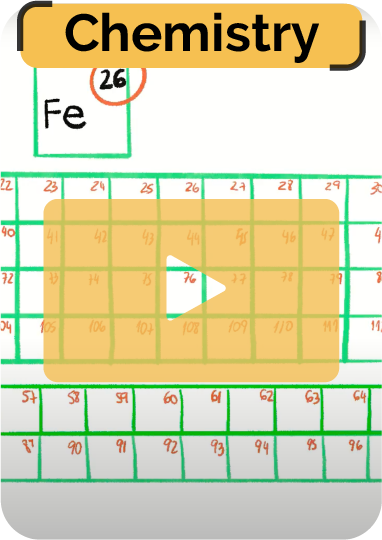Chemistry
Chemistry: A Molecular Approach 3rd Edition solutions
Author: Nivaldo J. Tro
Publisher: Pearson
ISBN: 9780321809247
Buy the book
Select Chapter:
